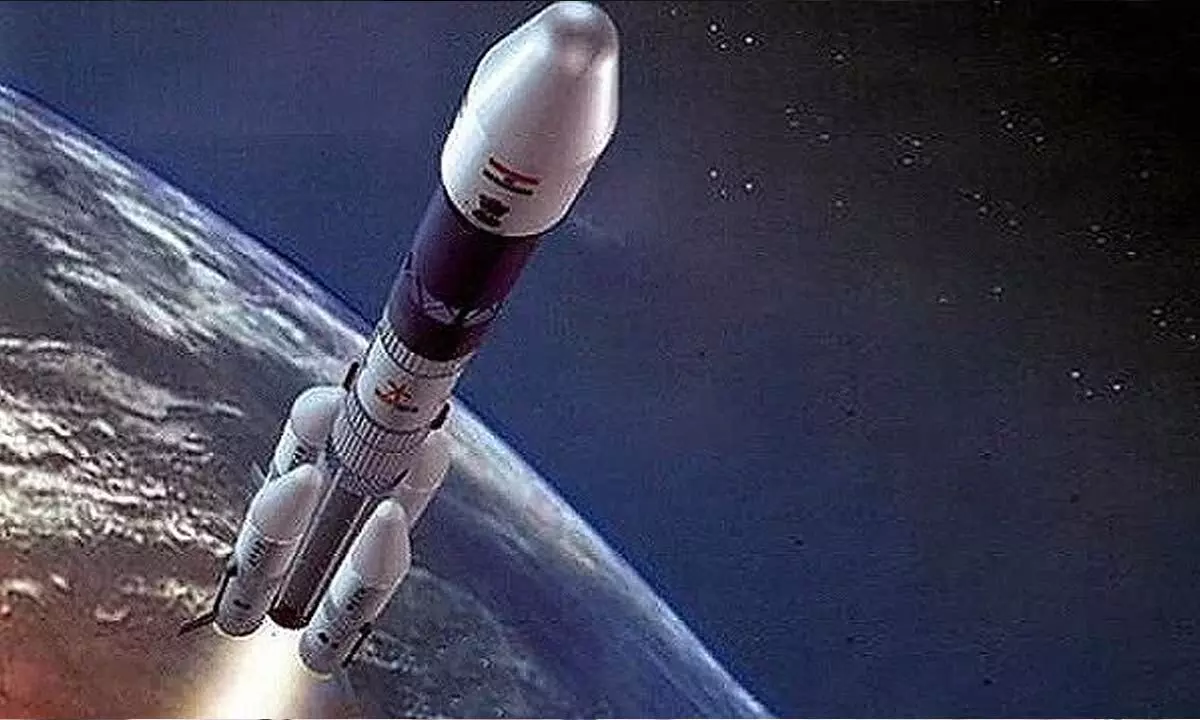India's space tech giving tough fight to global peers
image for illustrative purpose

Like the armed forces the world over, the Indian armed forces are significant users of diverse space products including communication, position navigation and timing, and of course, intelligence, surveillance, and reconnaissance.
Anand Mahindra-backed Agnikul, test fired the world's first 3D printed rocket engine recently. Christened Agnilet, the semi-cryogenic rocket engine will be used in the second stage of Agniban, the company's launch vehicle that can carry 100 kg payloads to low earth orbits by the end of next year. Importantly, the engine can be fabricated and turned around in only four days.
This places it ahead of even Elon Musk's SpaceX, which has succeeded in 3D printing only parts of but not the entire rocket engine so far despite many more years of research and much greater volumes of funding.
Bellatrix Aerospace, another start-up in the space sector, is developing what it calls a "taxi in space" to ferry small satellites into a variety of orbits on the Vikram rocket developed by Skyroot Aerospace, another start-up.
GAGAN, a Satellite-Based Augmentation System or SBAS, is a regional network of ground stations and satellites that provide GPS signal corrections, giving a better position accuracy. GAGAN is the fourth such SBAS system that has been operationalized after the US' WAAS, European Union's EGNOS an d Japan's MSAS and it is interoperable with the other three.
GAGAN opens a gateway for all airports to have low visibility approaches. It will bring down diversions, save fuel and boost efficiency.
The Brahmos Missile system with a 3 Mach capability is a step short from being hypersonic. IIT Madras has recently developed the indigenous Shakti processor which will revolutionise and securitise all military grade computing systems and networks.
The recent ASAT capability demonstration, the maritime domain awareness initiative of the Indian Navy and testing of Agni 5, with its tremendous reach, are some examples of India's strategic military science and technology prowess working in harmony. We have already built stealth frigates (INS Kolkata series) and are in the process of building submarines (normal and nuclear) and aircraft carriers indigenously.
We have now started producing fighter aircraft (Tejas) and helicopters (Dhruv) indigenously.
However, India also has many advantages that few other countries can match. Indian companies typically spend only a tiny fraction of what it costs to put build launch vehicles, satellites and other space and defence-related equipment. Then, India's pool of technological talent is the envy of the world. This is being harnessed by the private sector for innovations in these two sectors for the first time.

